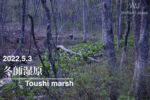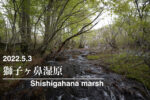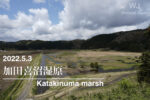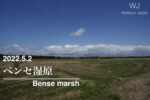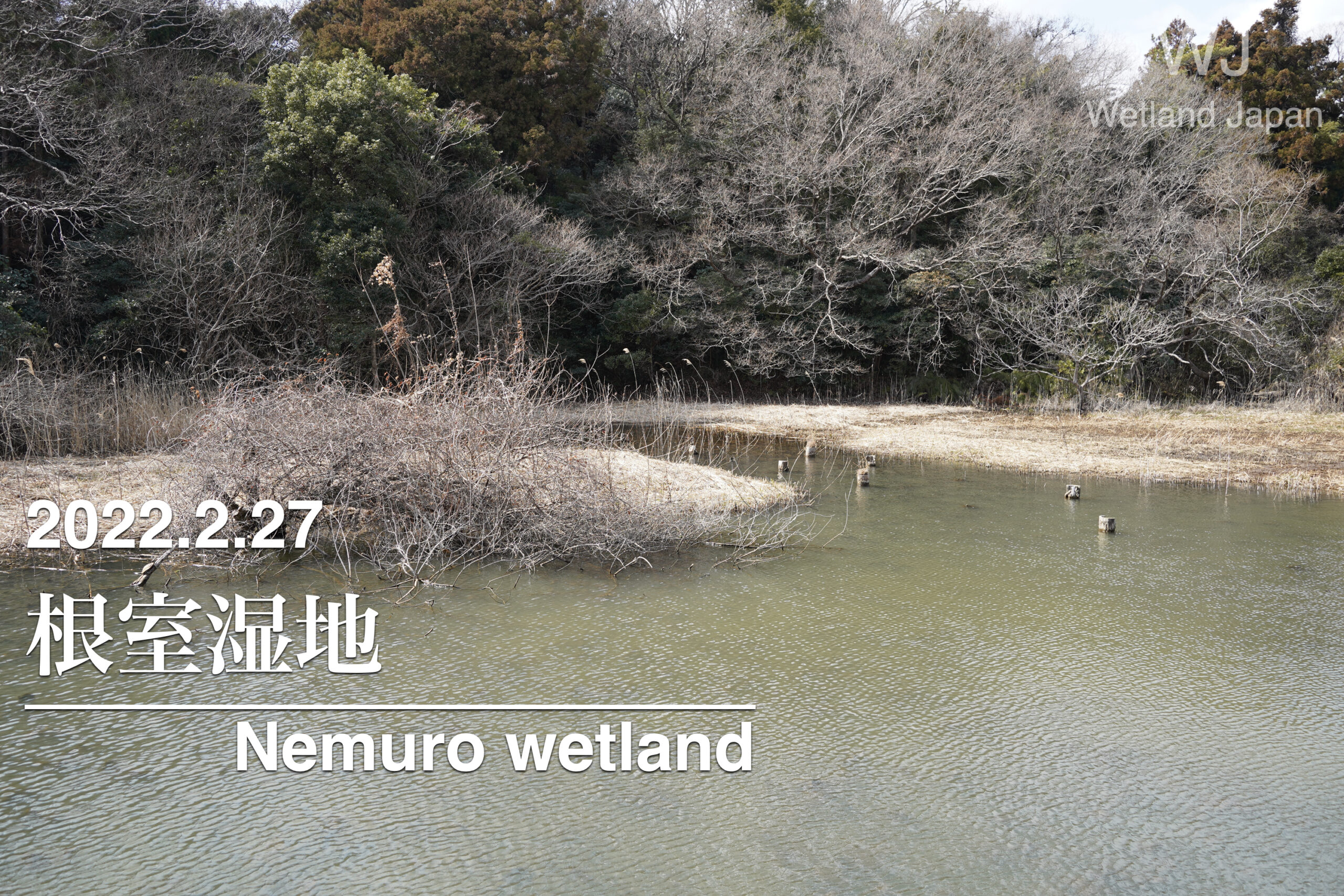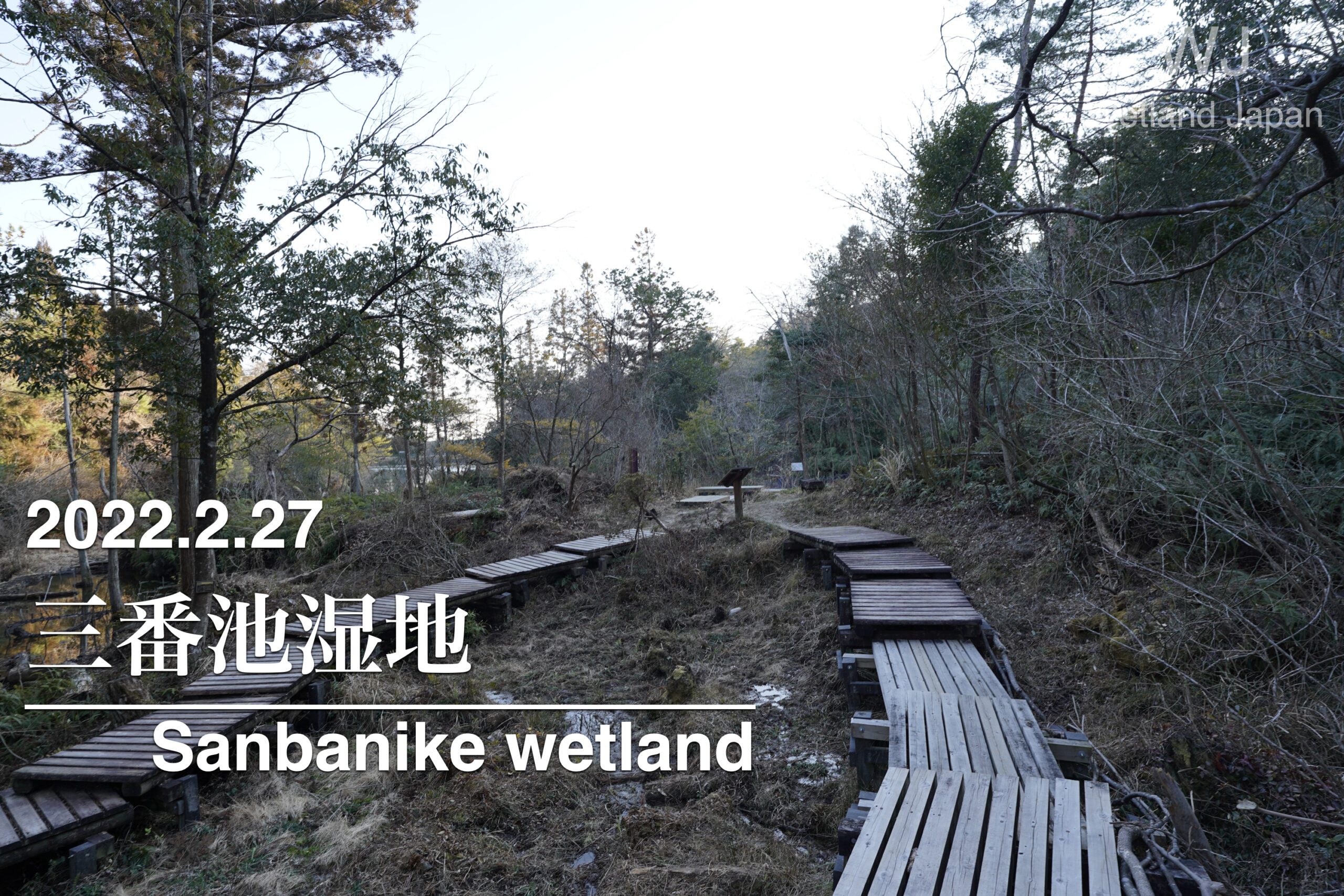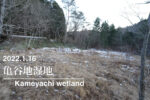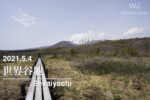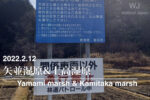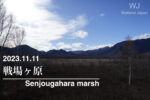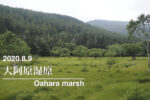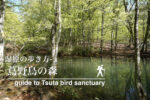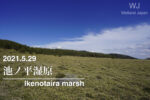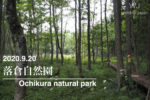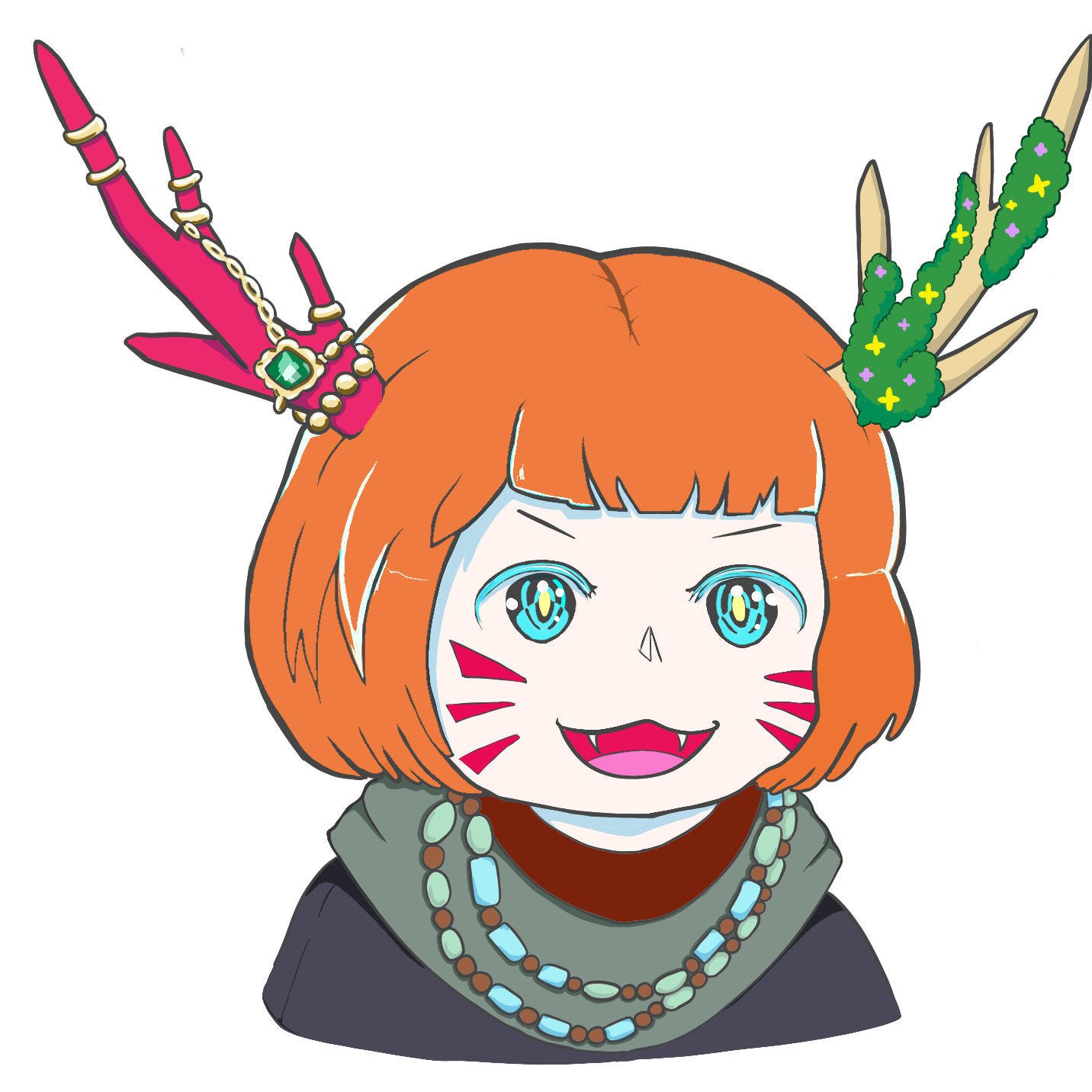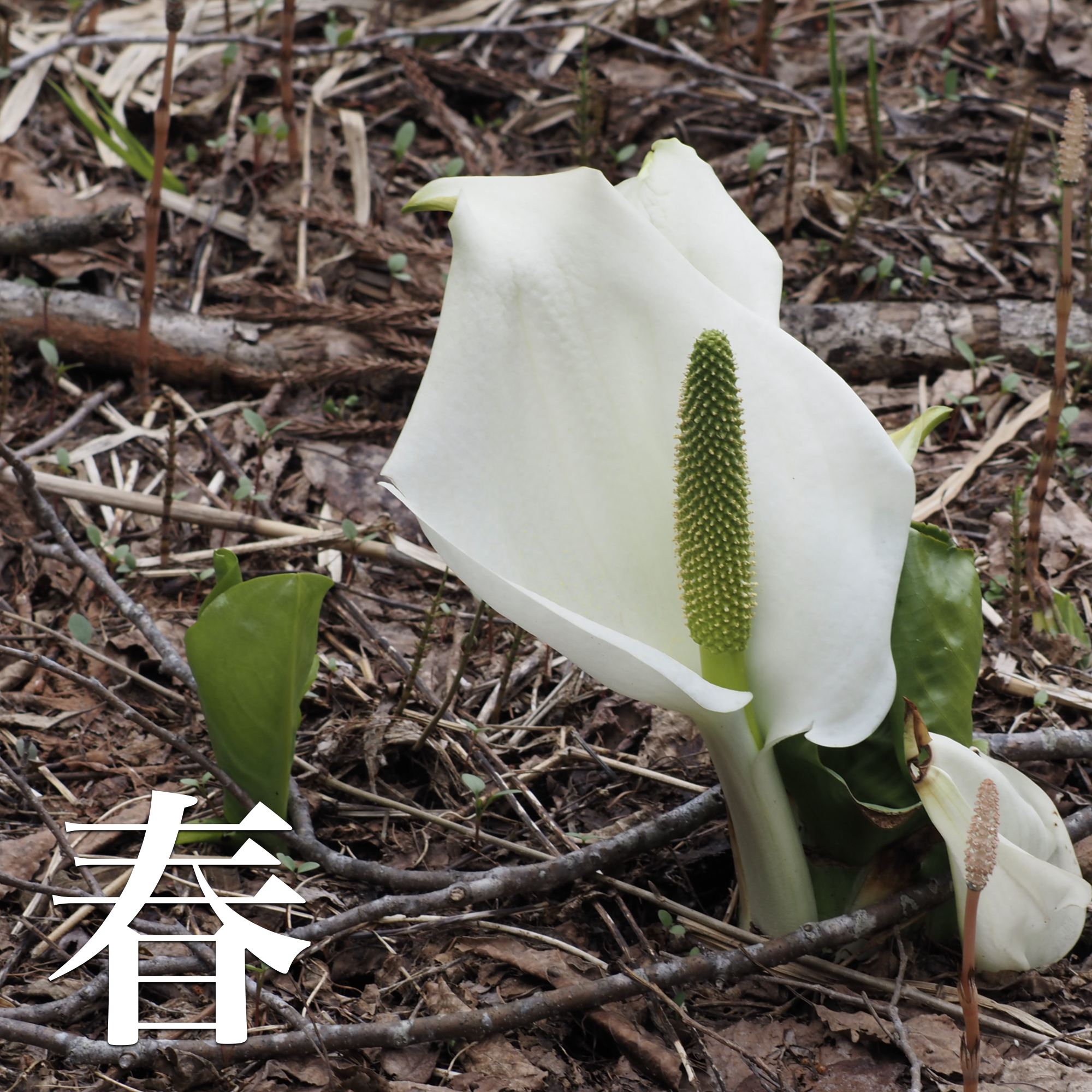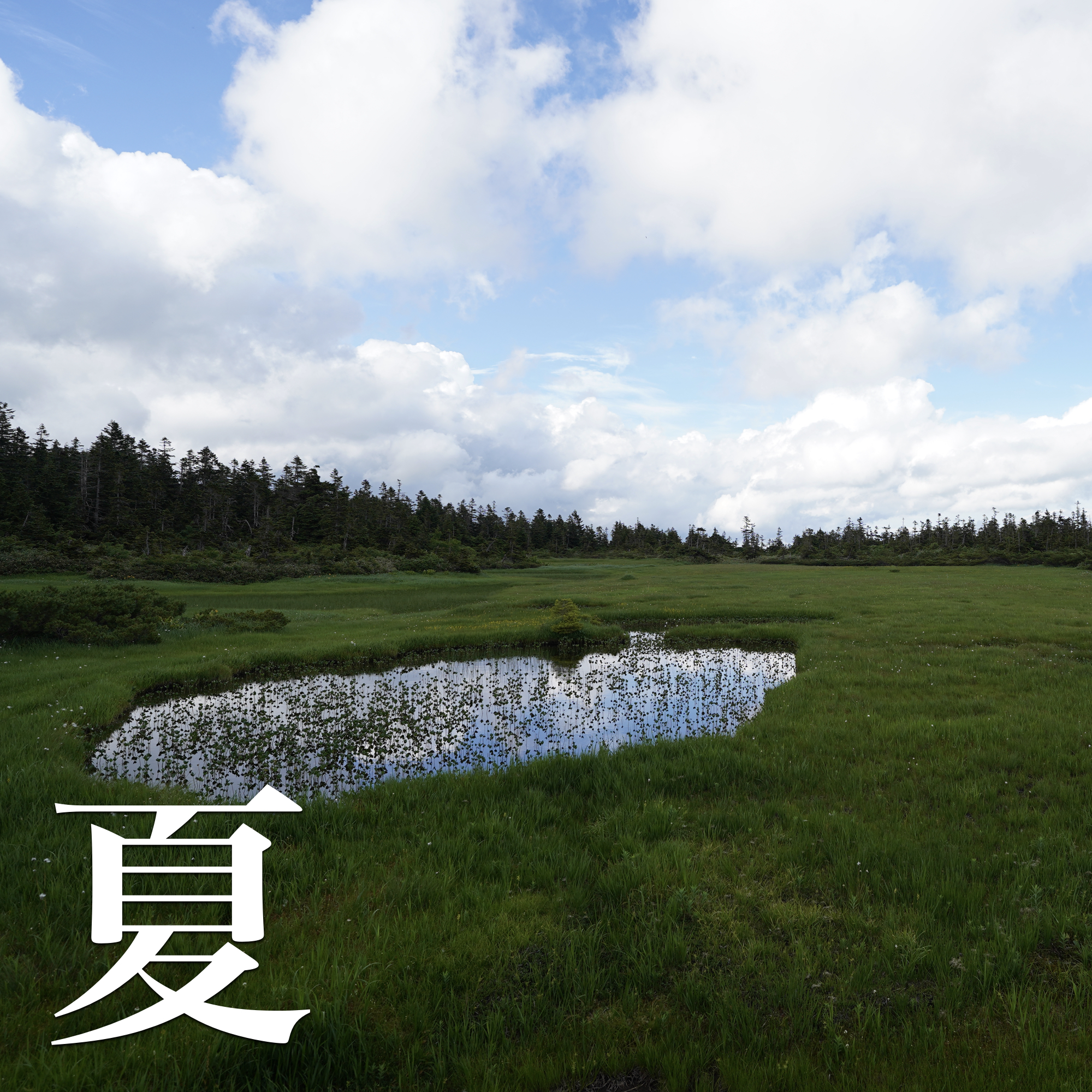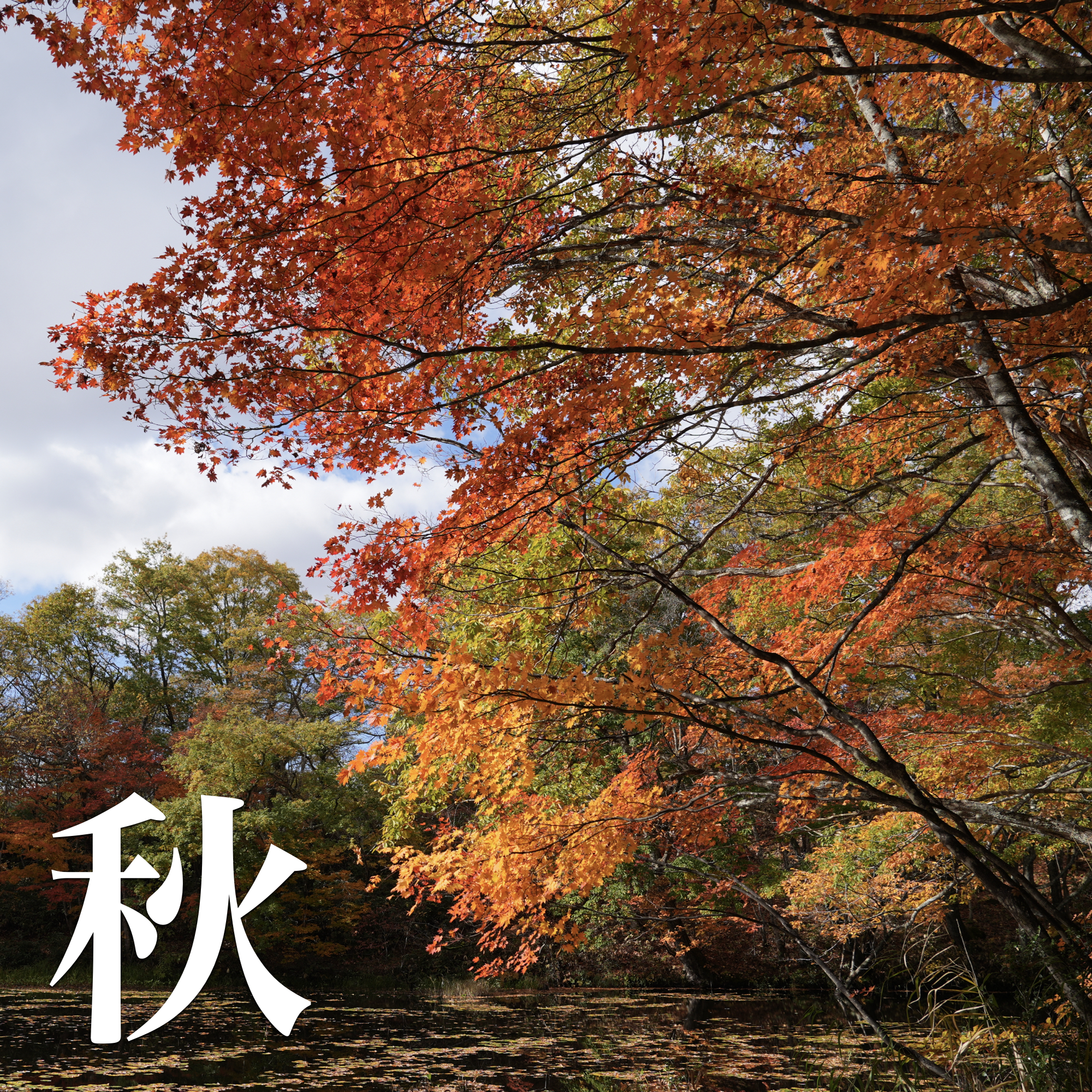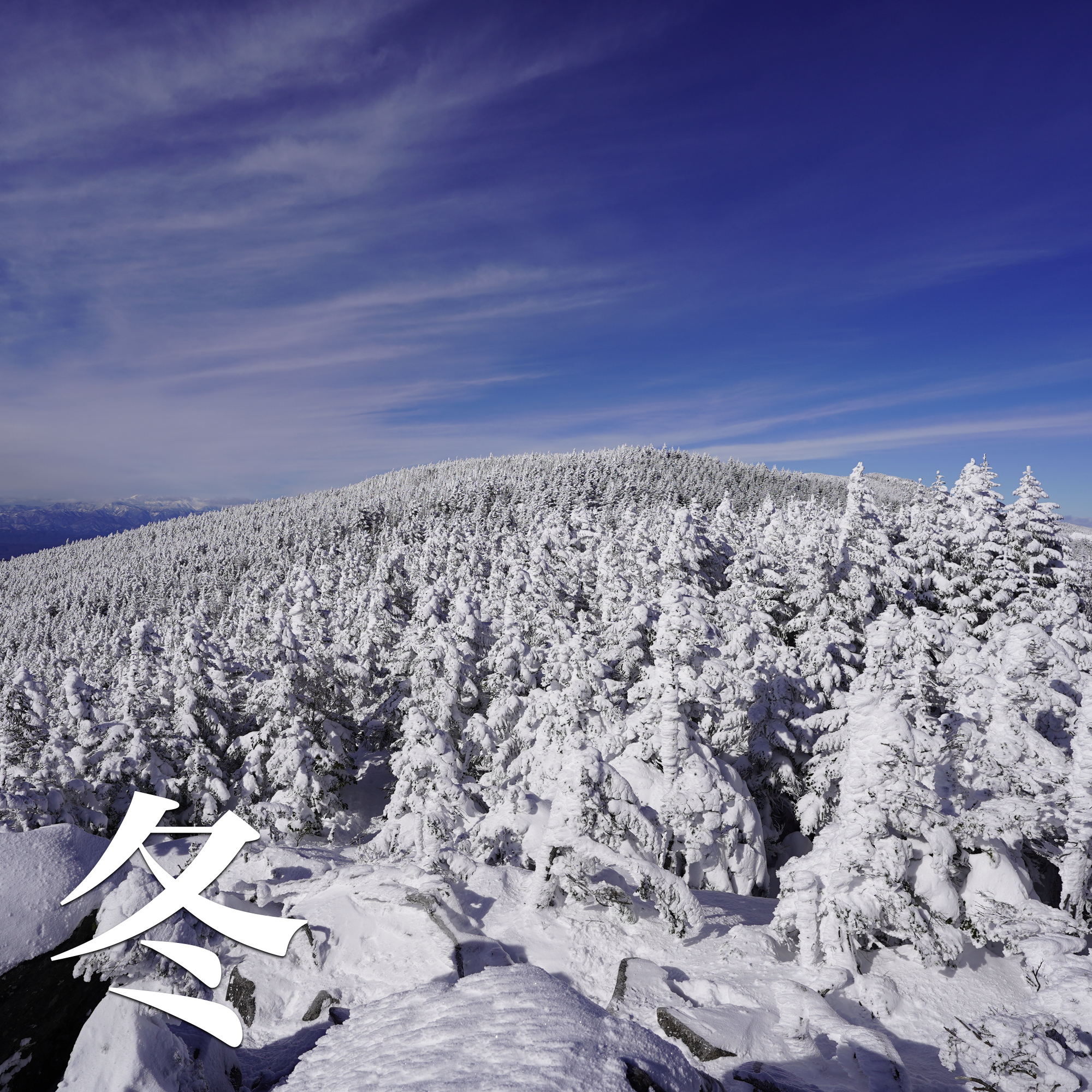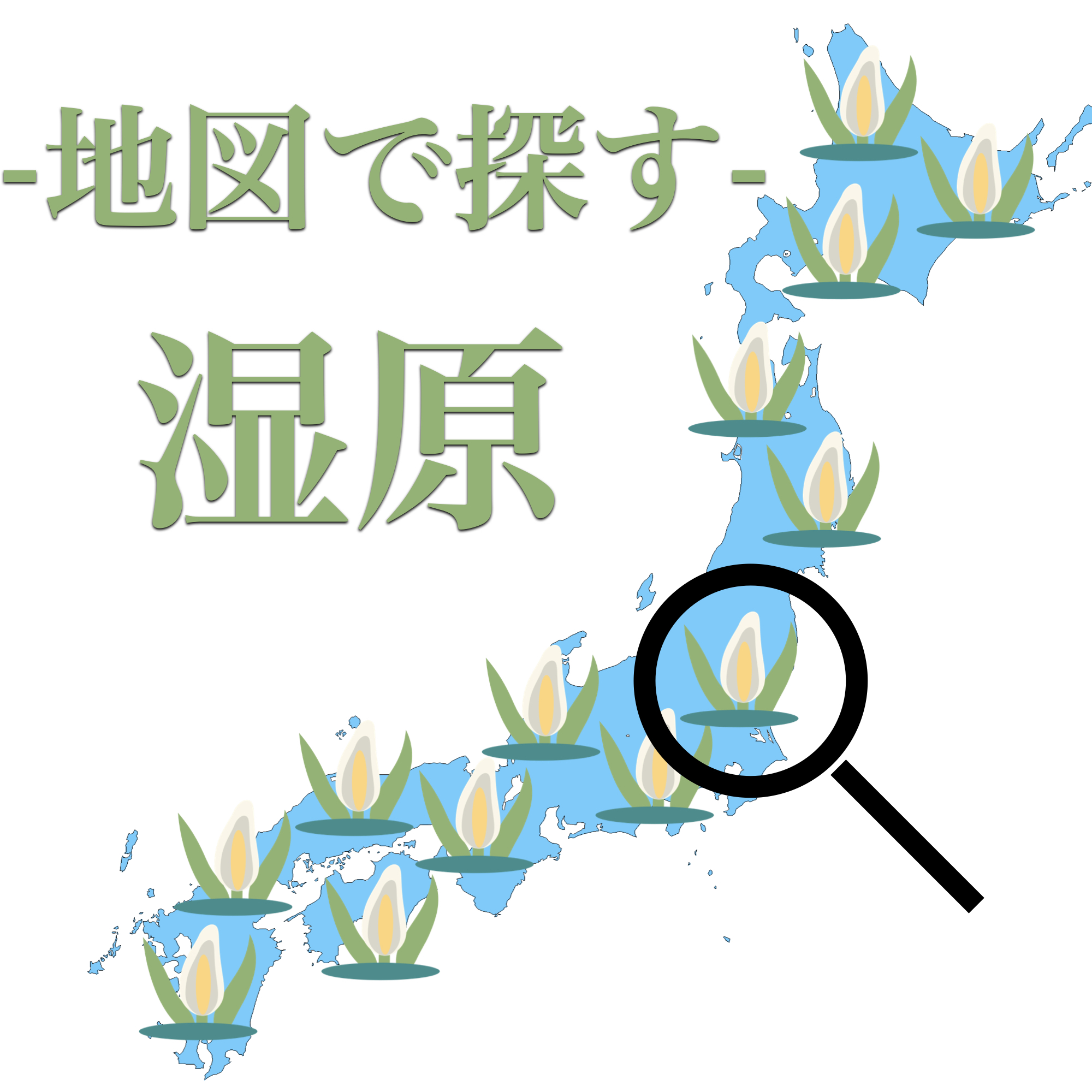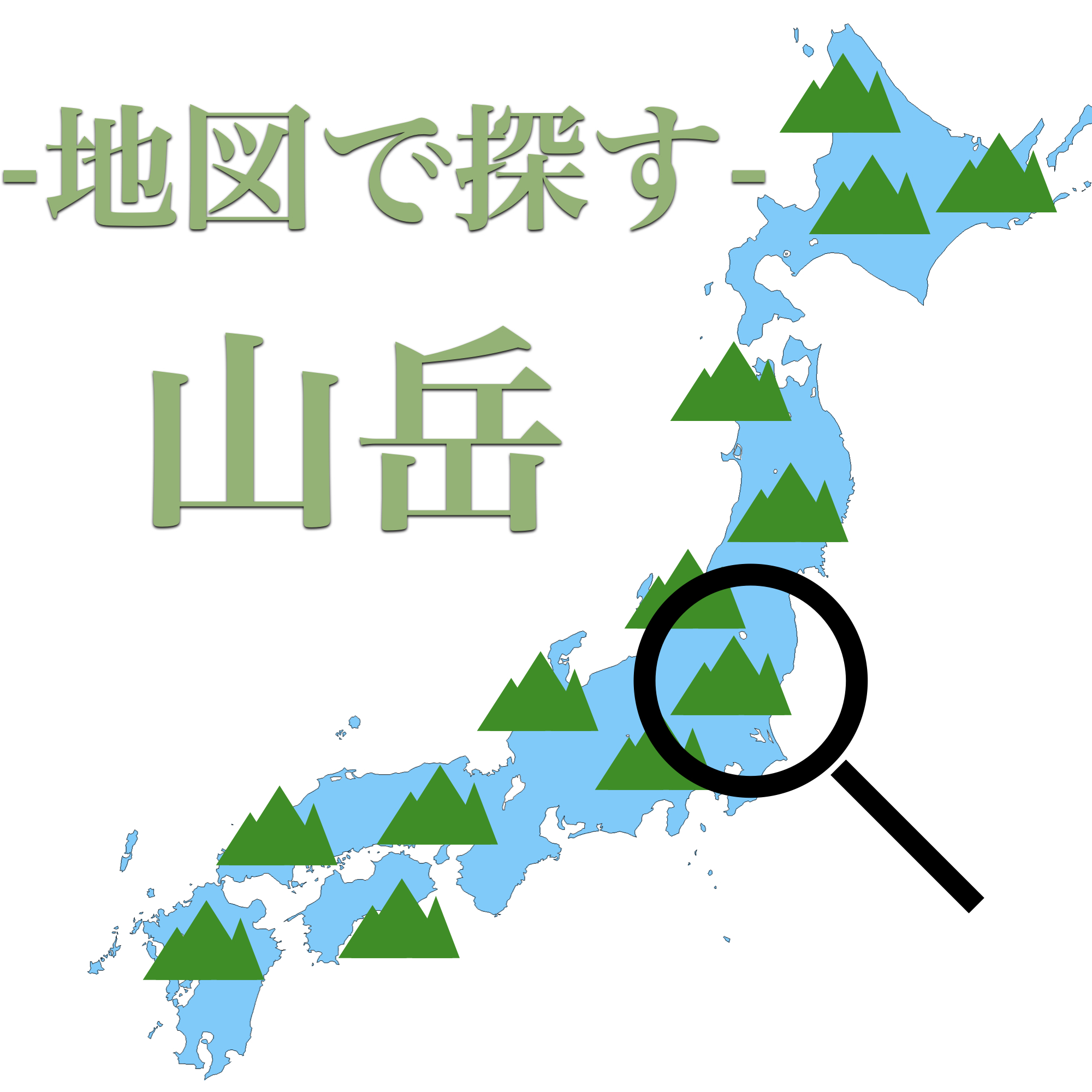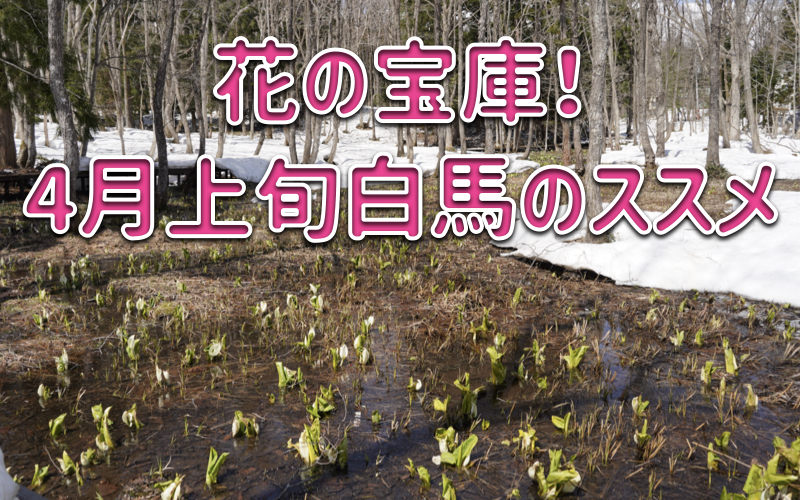
The snow has finally started to melt in Hakuba Village, and beautiful flowers are blooming.
Plants sprout here and there, adding color to the marshland.
It's a great time for anyone interested in marsh plants!
There are still few signs of animals, but as the trees are not too thick, this is an easy time to observe wild birds.
There aren't many people so you can take your time taking photos.
So, I'd like to give you a brief introduction to Hakuba's marshes in early April!
table of contents
Ochikura Nature Park
At Ochikura Nature Garden, you can mainly observe Asian skunk cabbage and skunk cabbage.
There are few people around, so you might even spot some wild birds!
▼I think this is the area with the heaviest snowfall among the marshes we are introducing this time.
Even in early April, there is still snow remaining on the boardwalk.
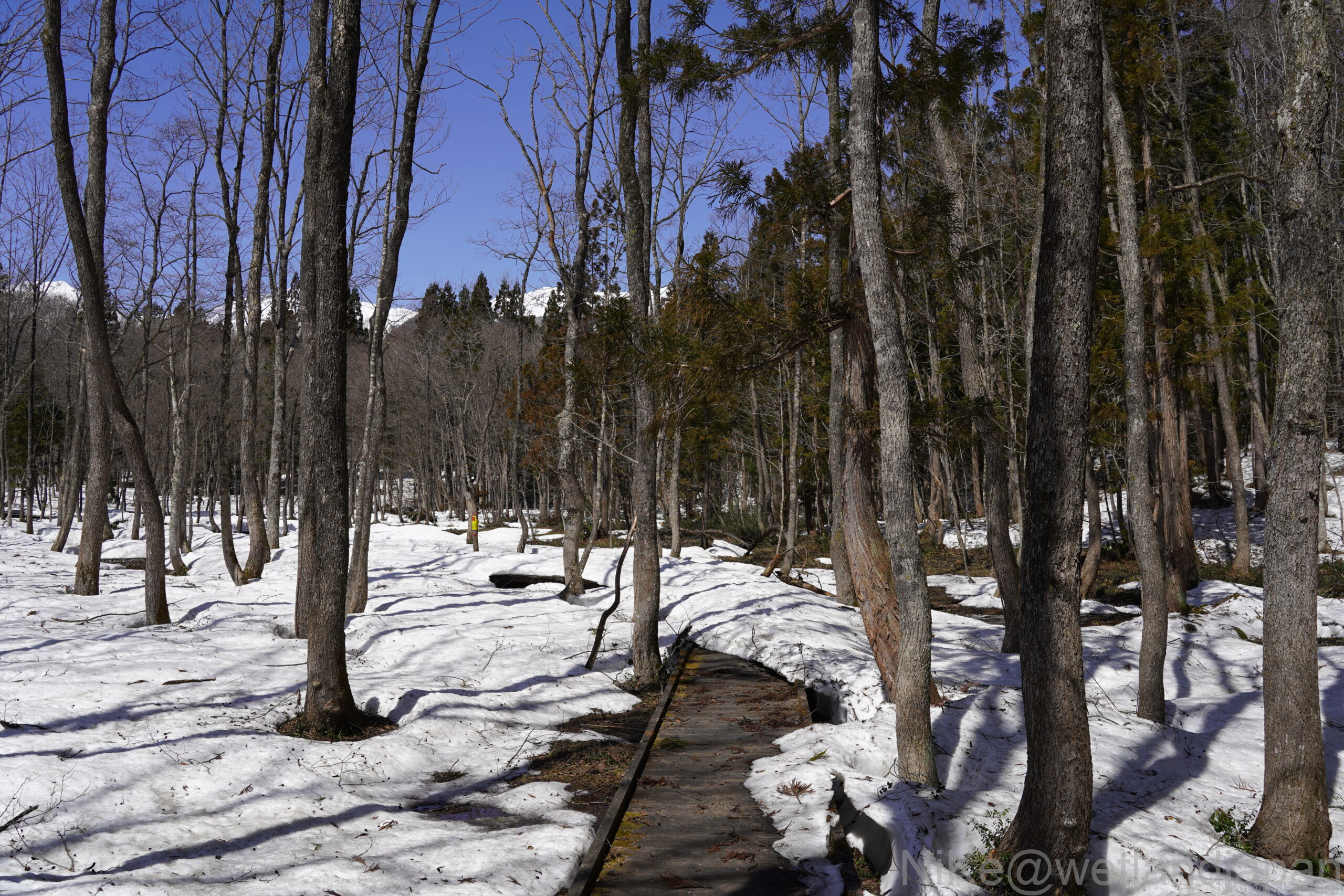
▼The Asian skunk cabbages are competing with each other to grow through the gaps in the snow.

▼You can also see skunk cabbage in some places.
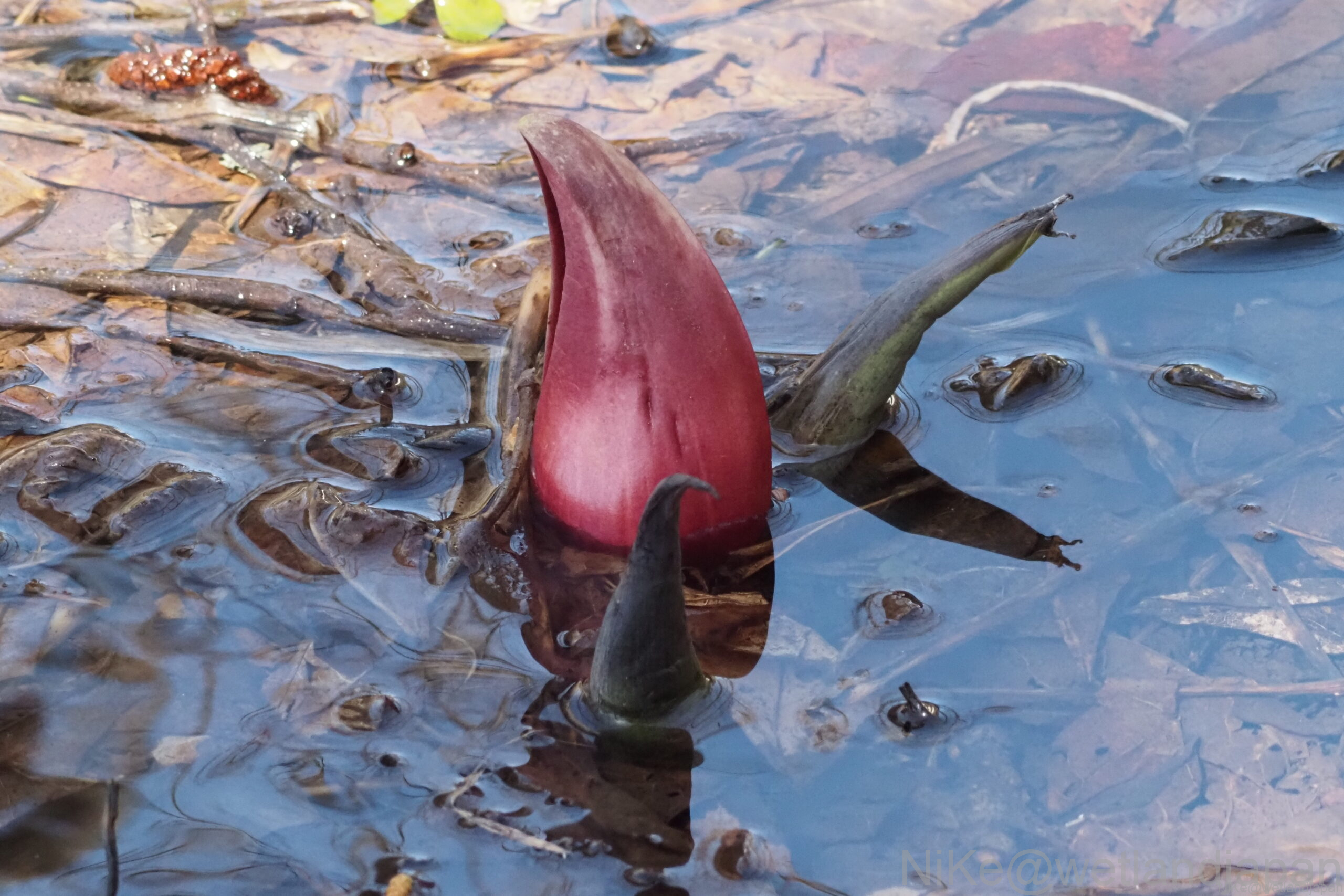
▼Eurasian Jay
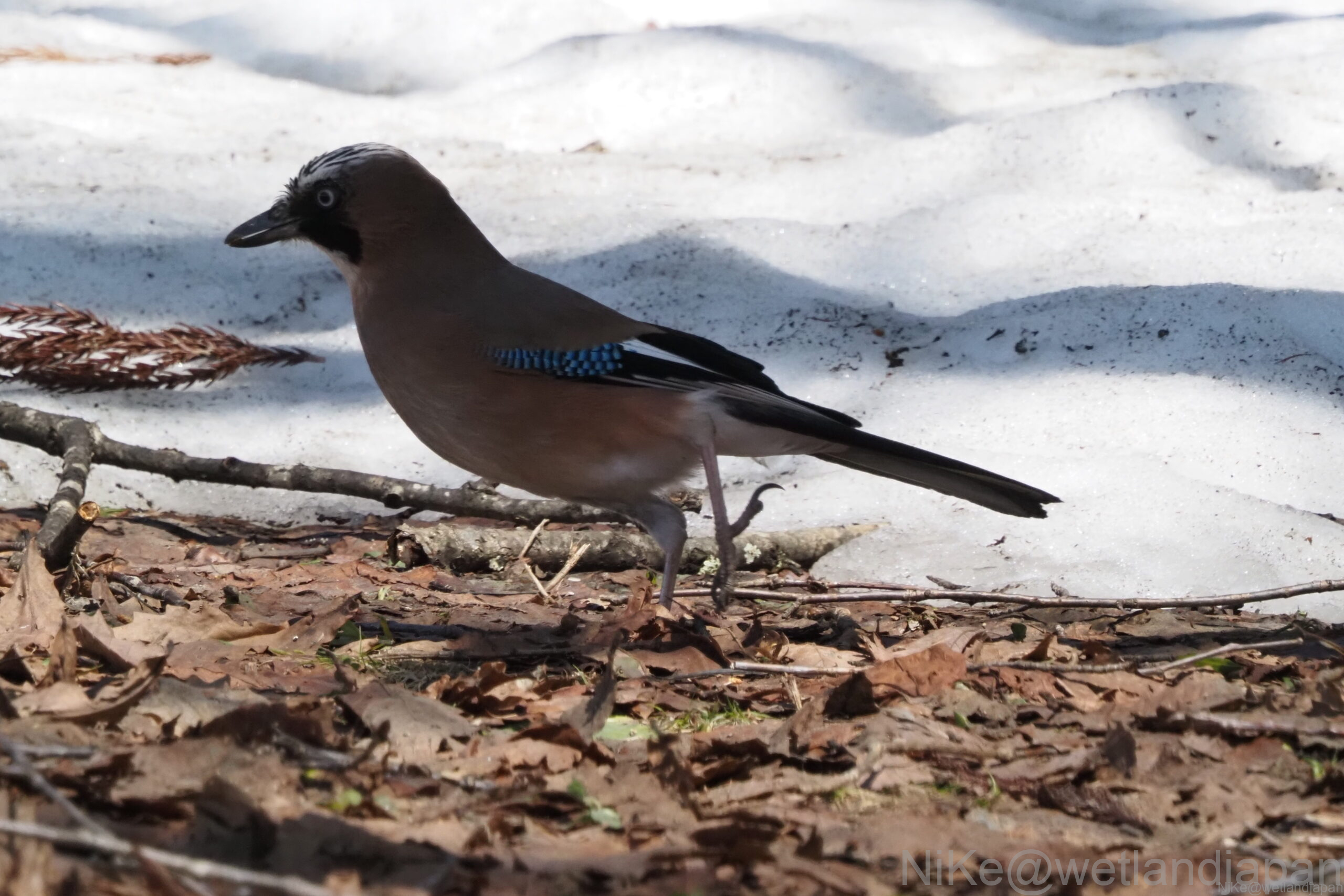
▼Click here to read the exploration diary!
▼For information on access etc., click here!
The source of the Hime River
The snow is melting at the source of the Himekawa River.
You can observe Asian skunk cabbage and ambrosia flowers.
▼The snow is finally starting to melt at the source
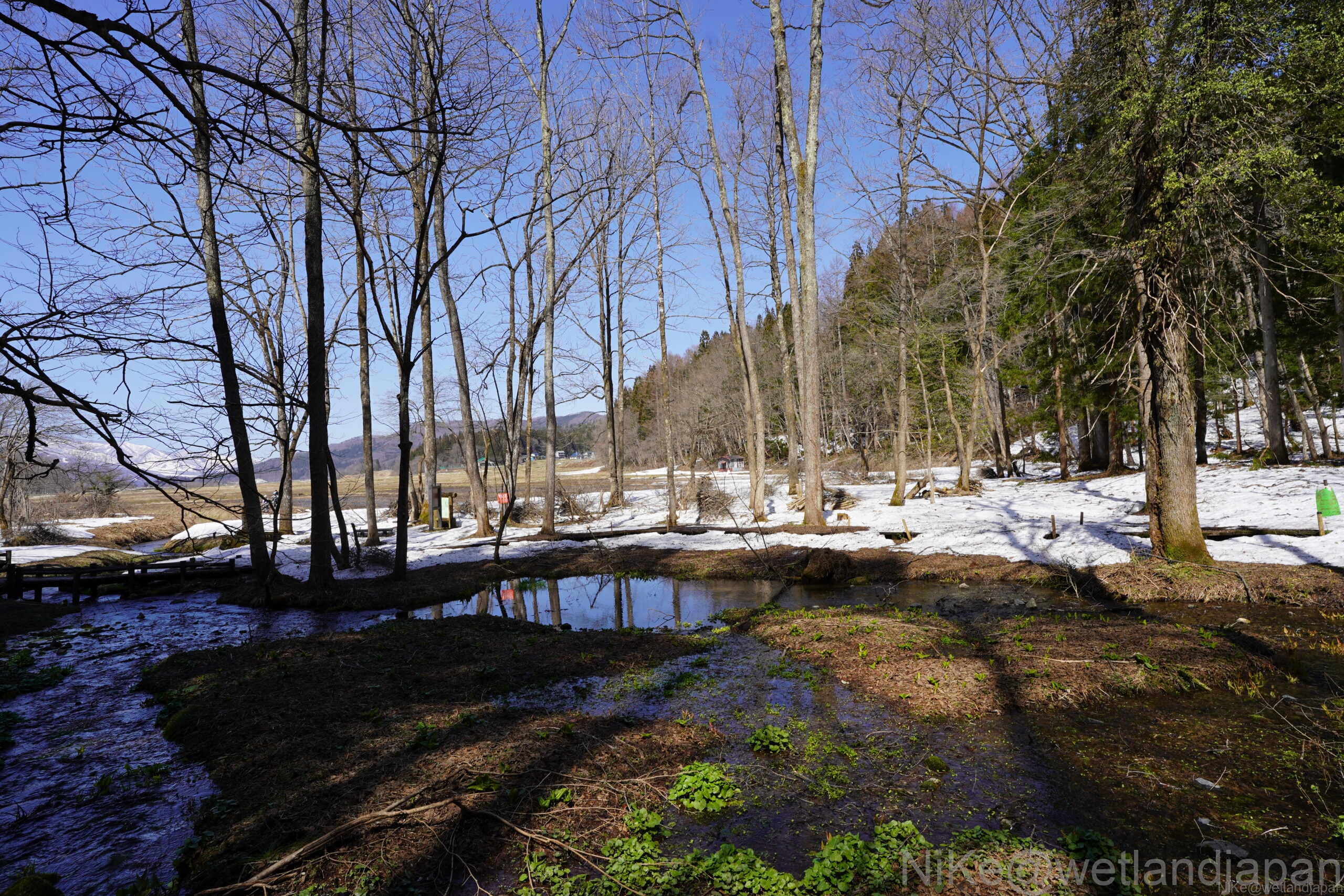
▼The little Asian skunk cabbages are sprouting!
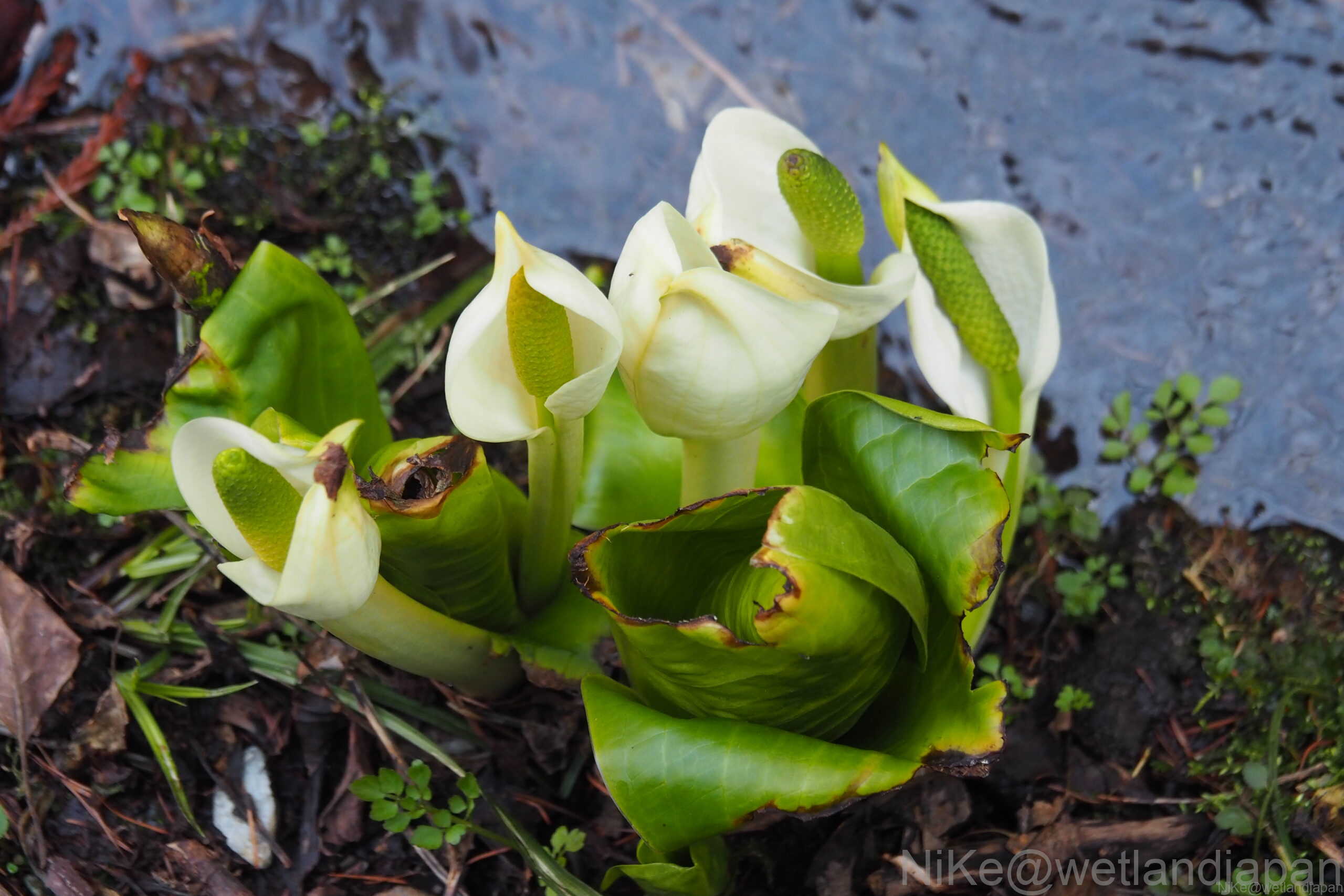
▼It seems to be the perfect time for Adonis flowers to bloom, with many of them in full bloom!
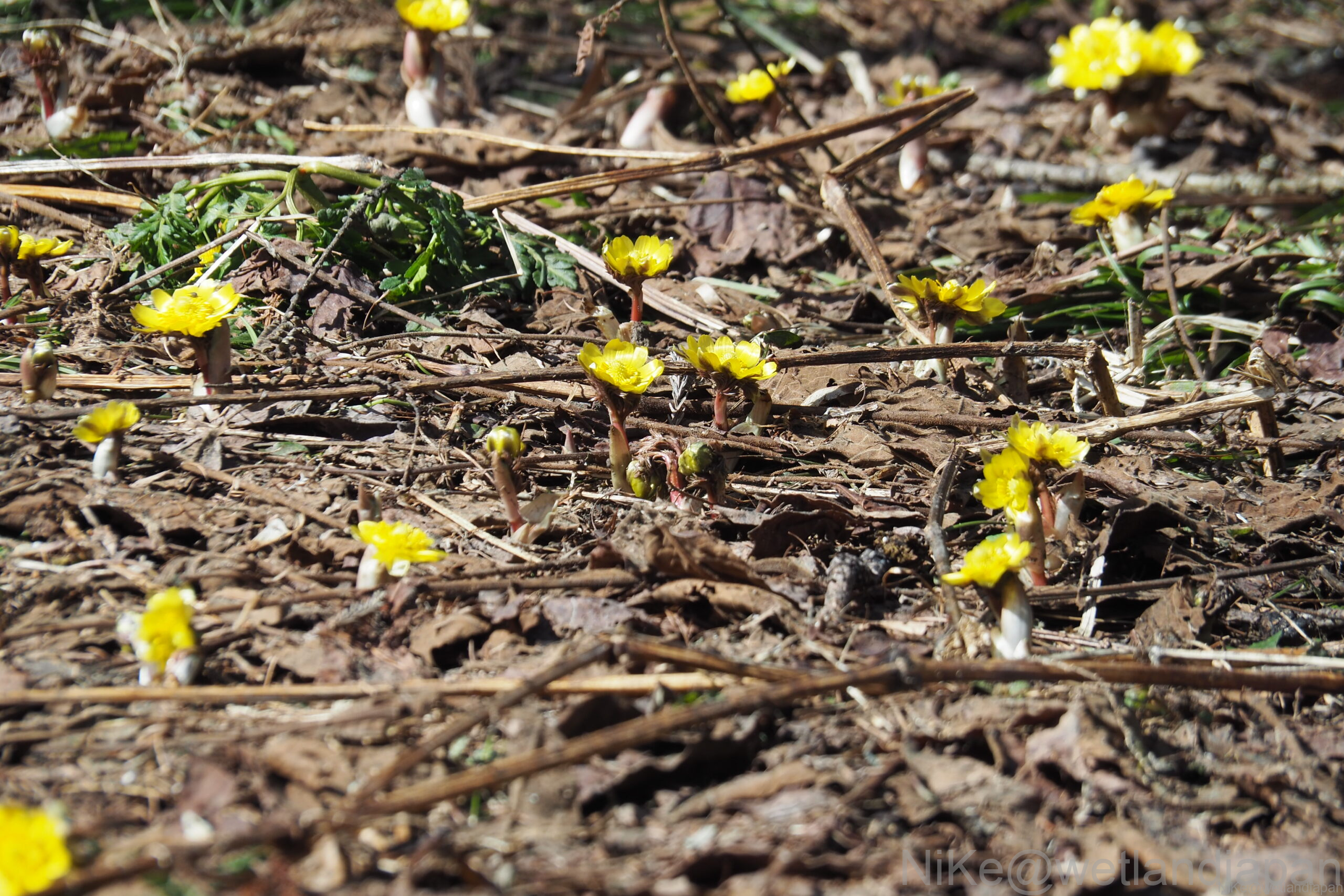
▼Click here to read the exploration diary!
▼If you want to go to the source of the Himekawa River, click here!
Oyami Marshland
Spring is not yet here at Oyami Marsh.
The entire marsh is covered in snow.
Where the snow had melted, sphagnum moss was awakening.
Snow Covers the Entire Marshland
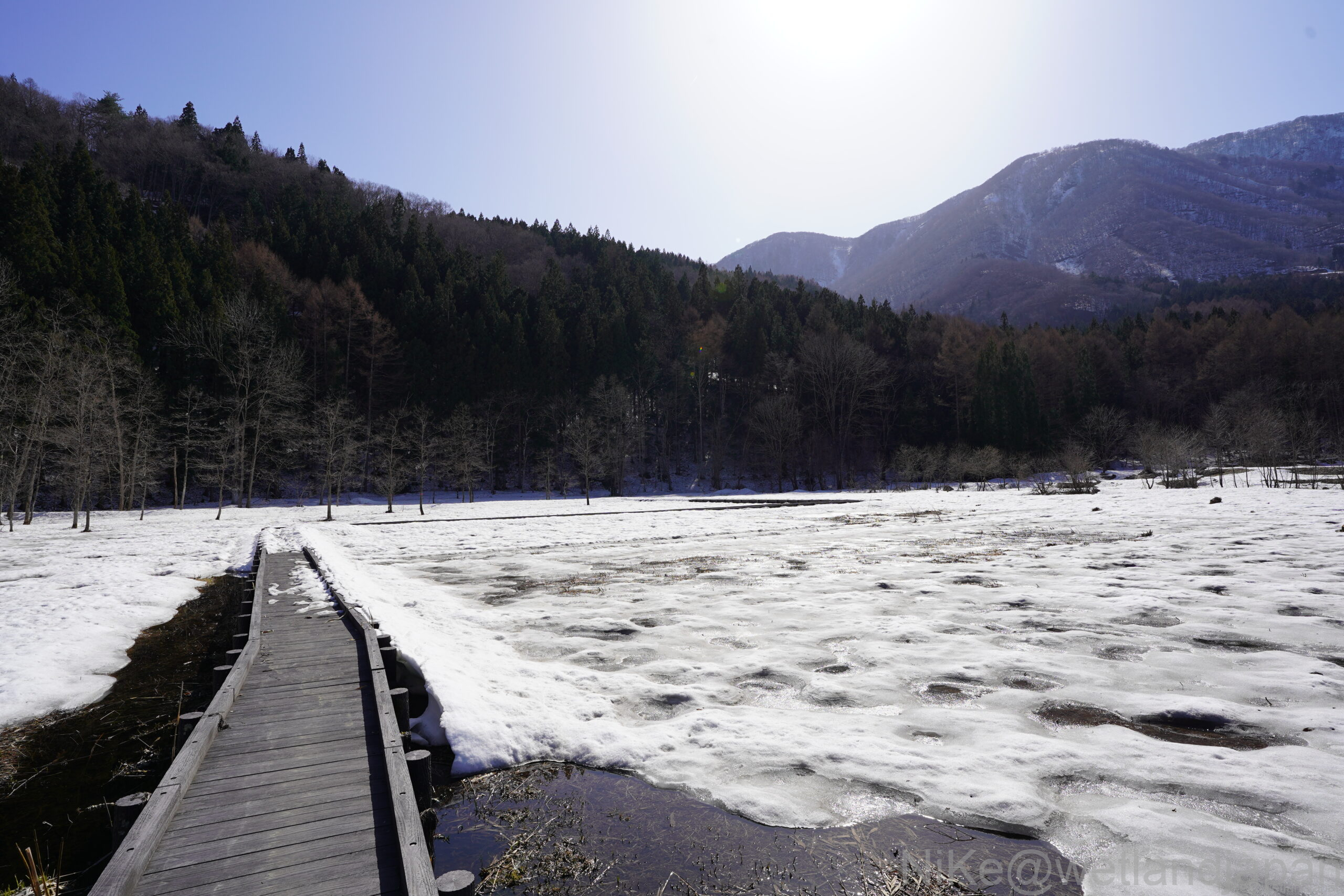
▼ Butterbur Shoots
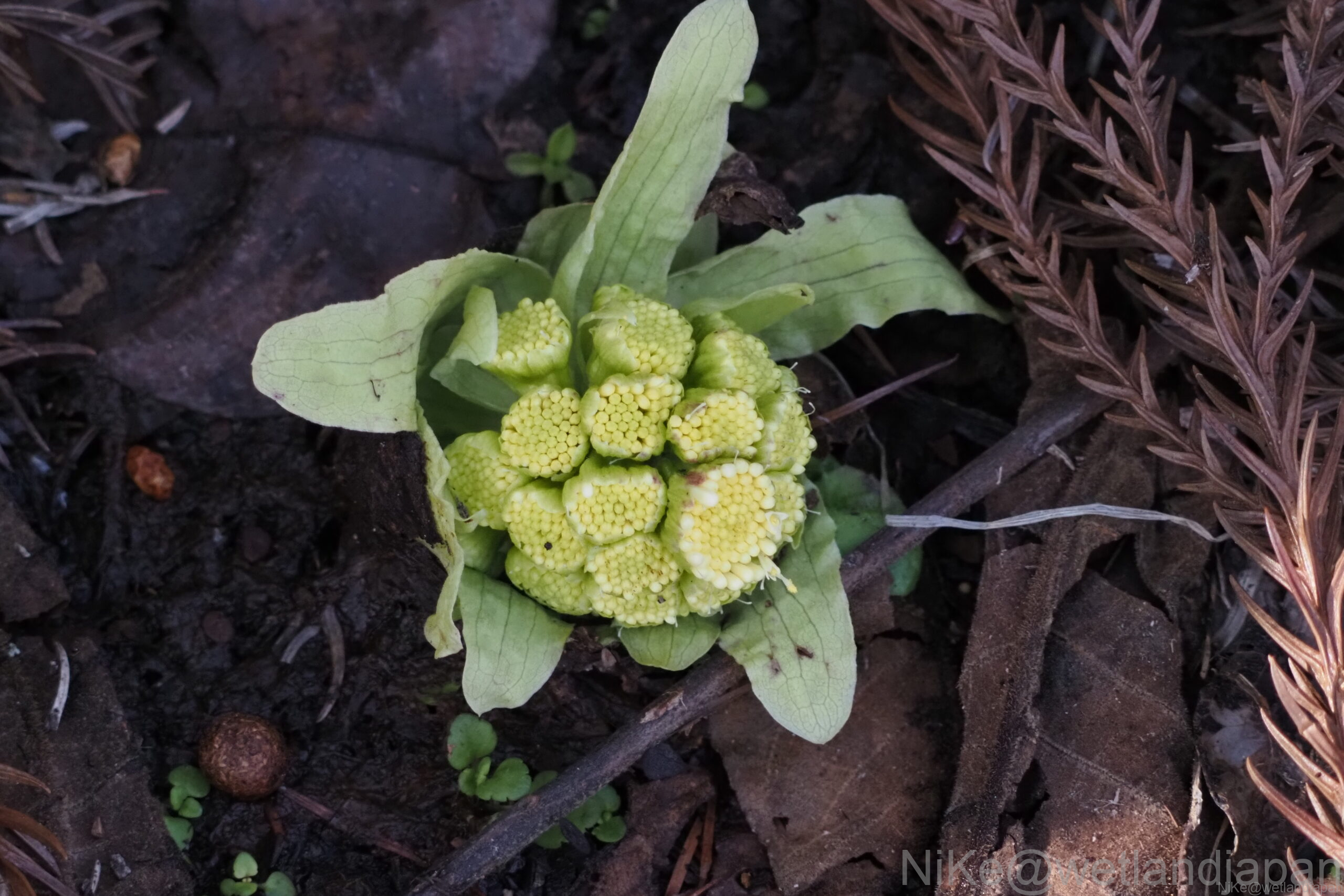
Sphagnum moss growing in the gaps between the snow
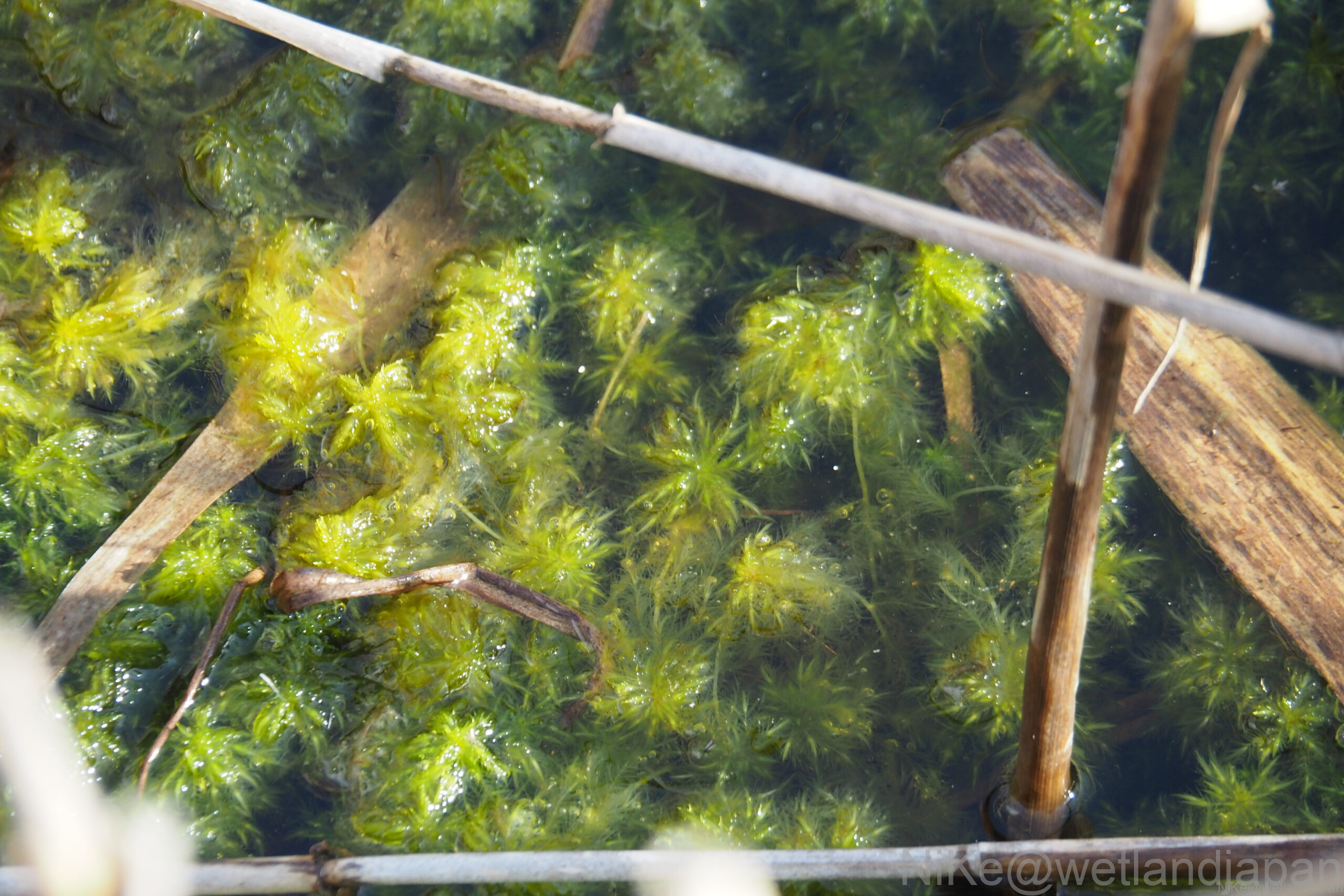
▼Click here to read the exploration diary!
▼If you want to go to Oyami Marsh, click here!
Karahanami Marsh
There are no conspicuous flowers, but there are traces of various living creatures.
The best part of this marsh is being able to sense the presence of animals beginning to move around in early spring.
There’s almost no snow here.
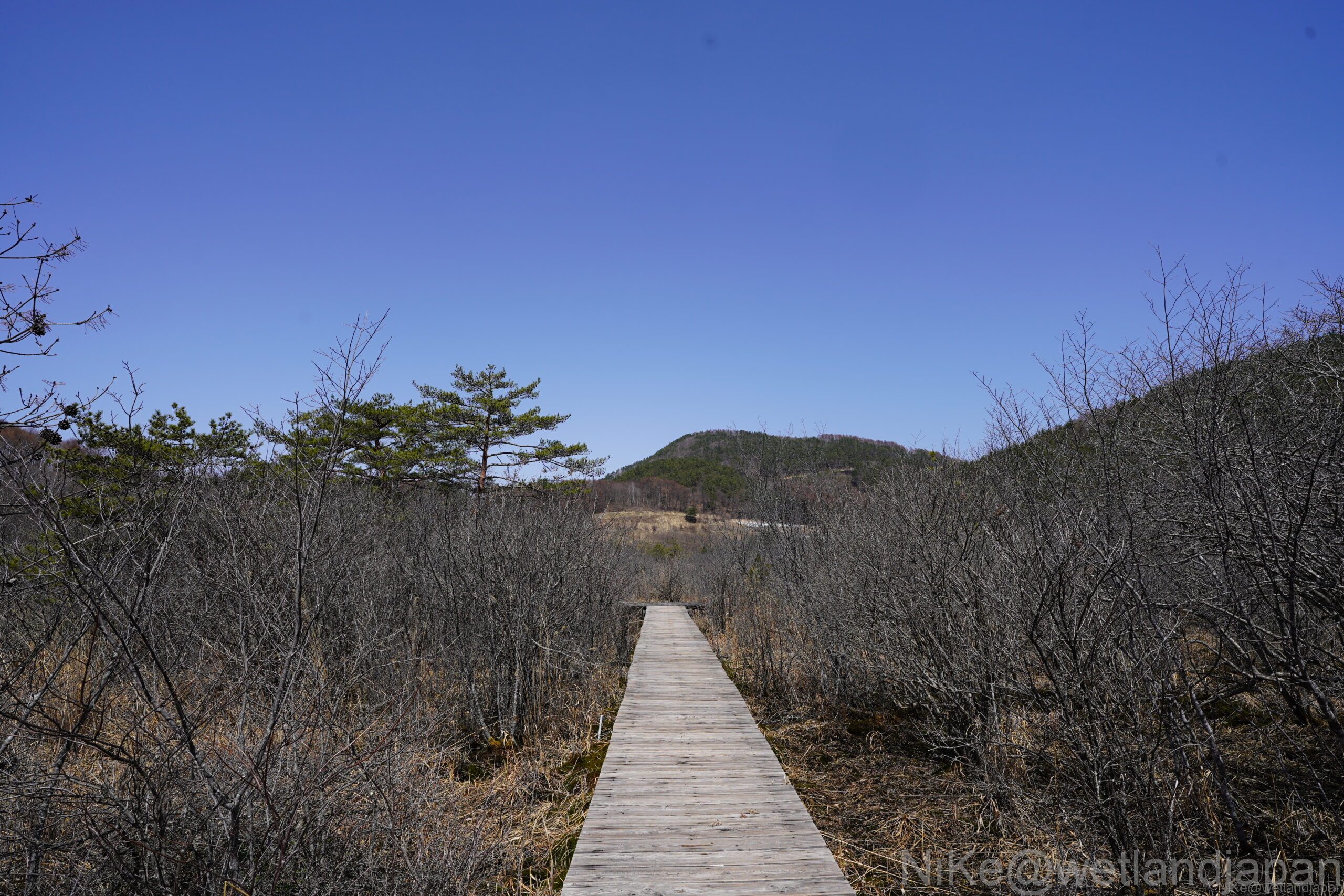
▼A dead mouse!
Why is he dead when there doesn't appear to be any visible trauma?
I discovered something strange.
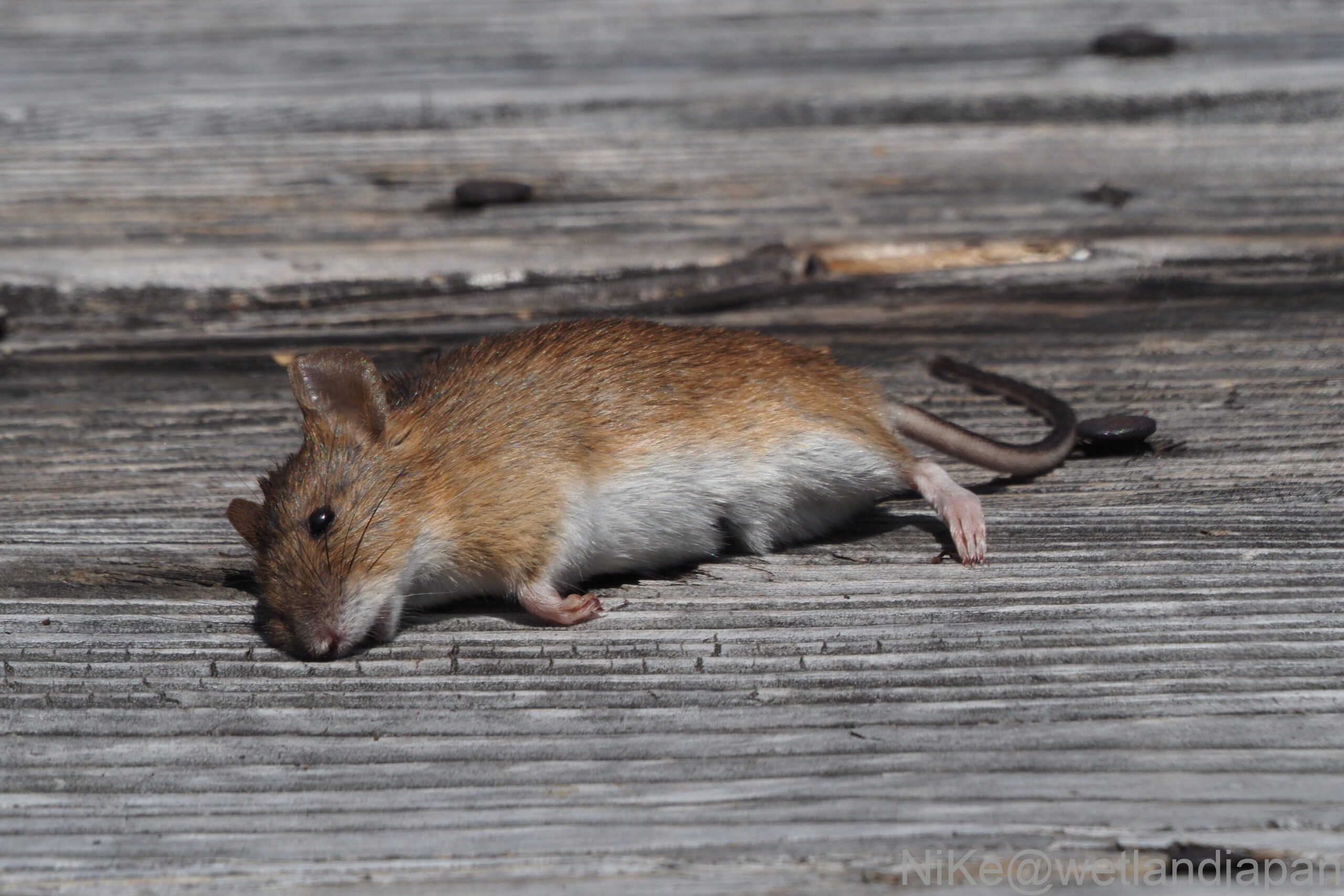
▼It seems that animals also use the boardwalk, and you can see their droppings here and there.
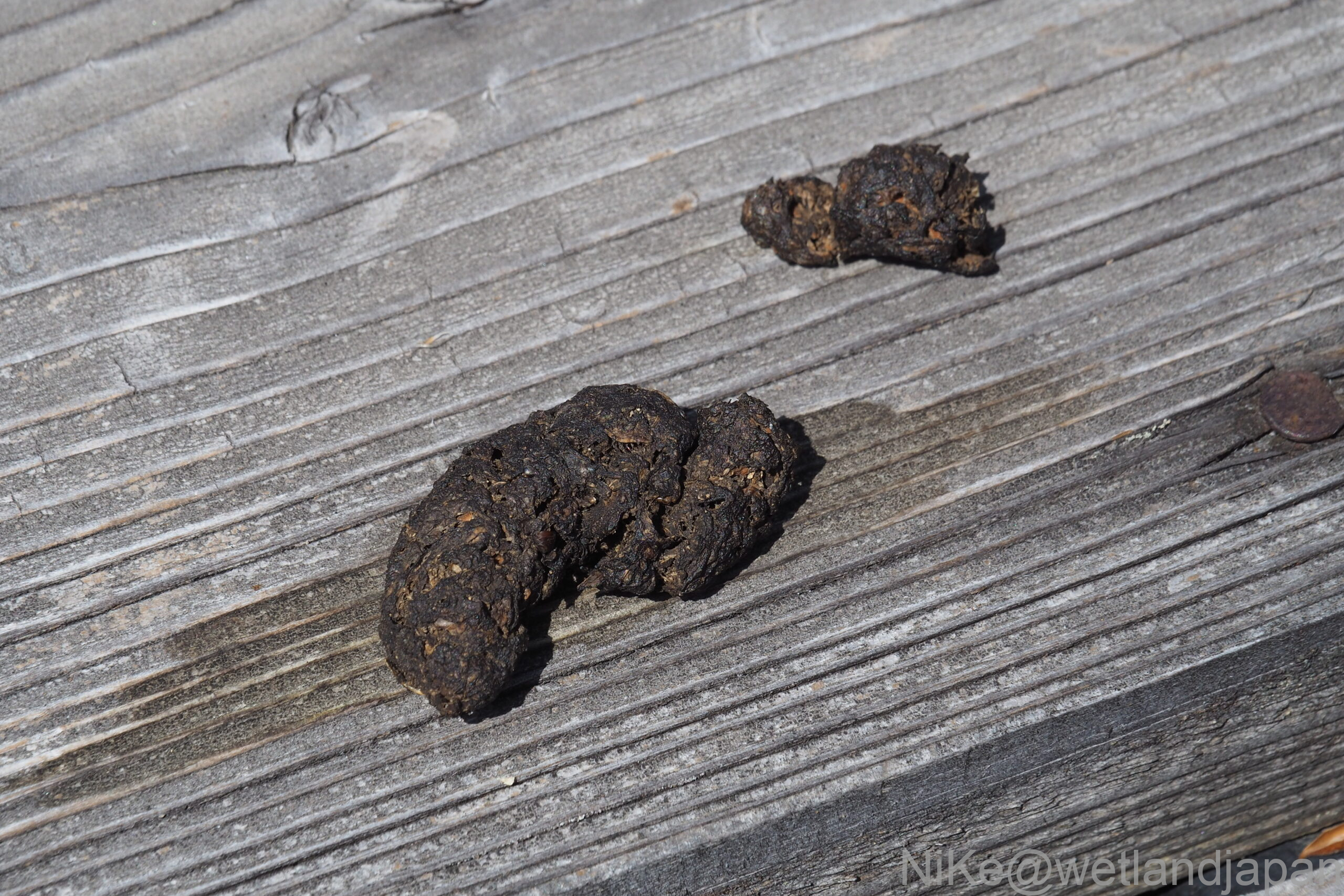
▼Click here to read the exploration diary!
▼If you want to go to Karahanami Marsh, click here!
Iyari Marshland
At this time of year, the Iyari Marsh is a world of skunk cabbage.
You can also see marsh marigolds.
▼ The skunk cabbages appear one after another
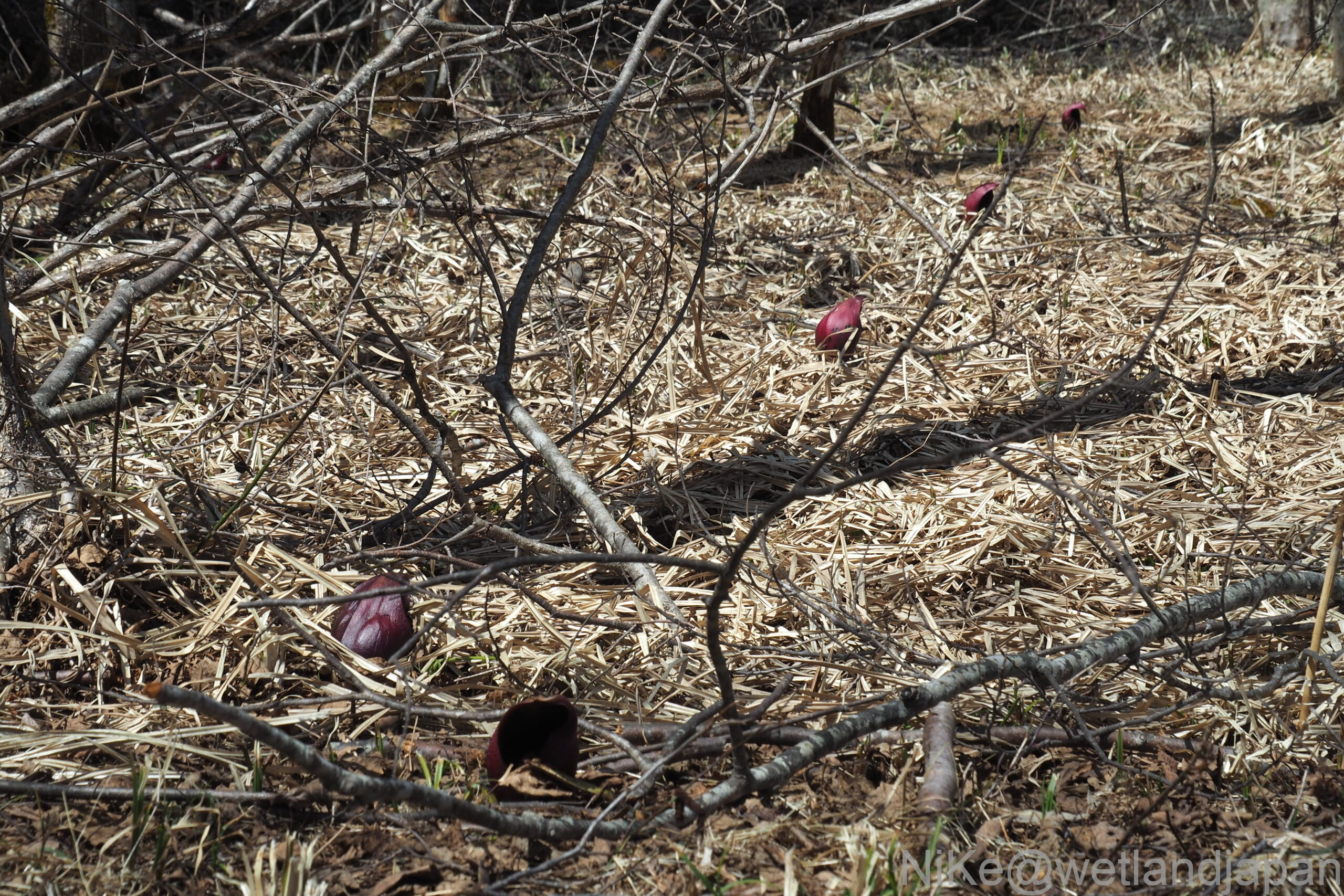
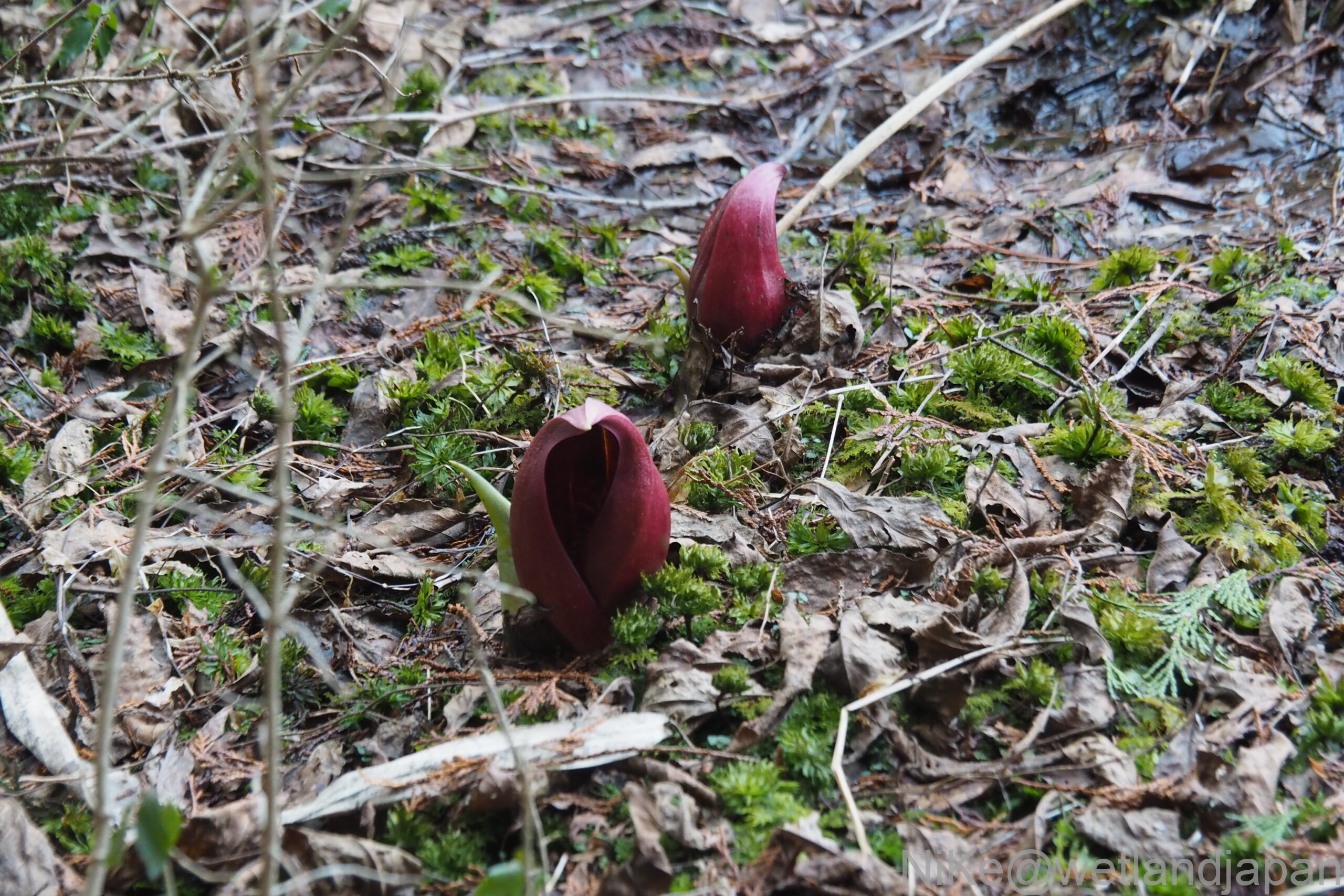
▼There are marsh marigolds by the water!
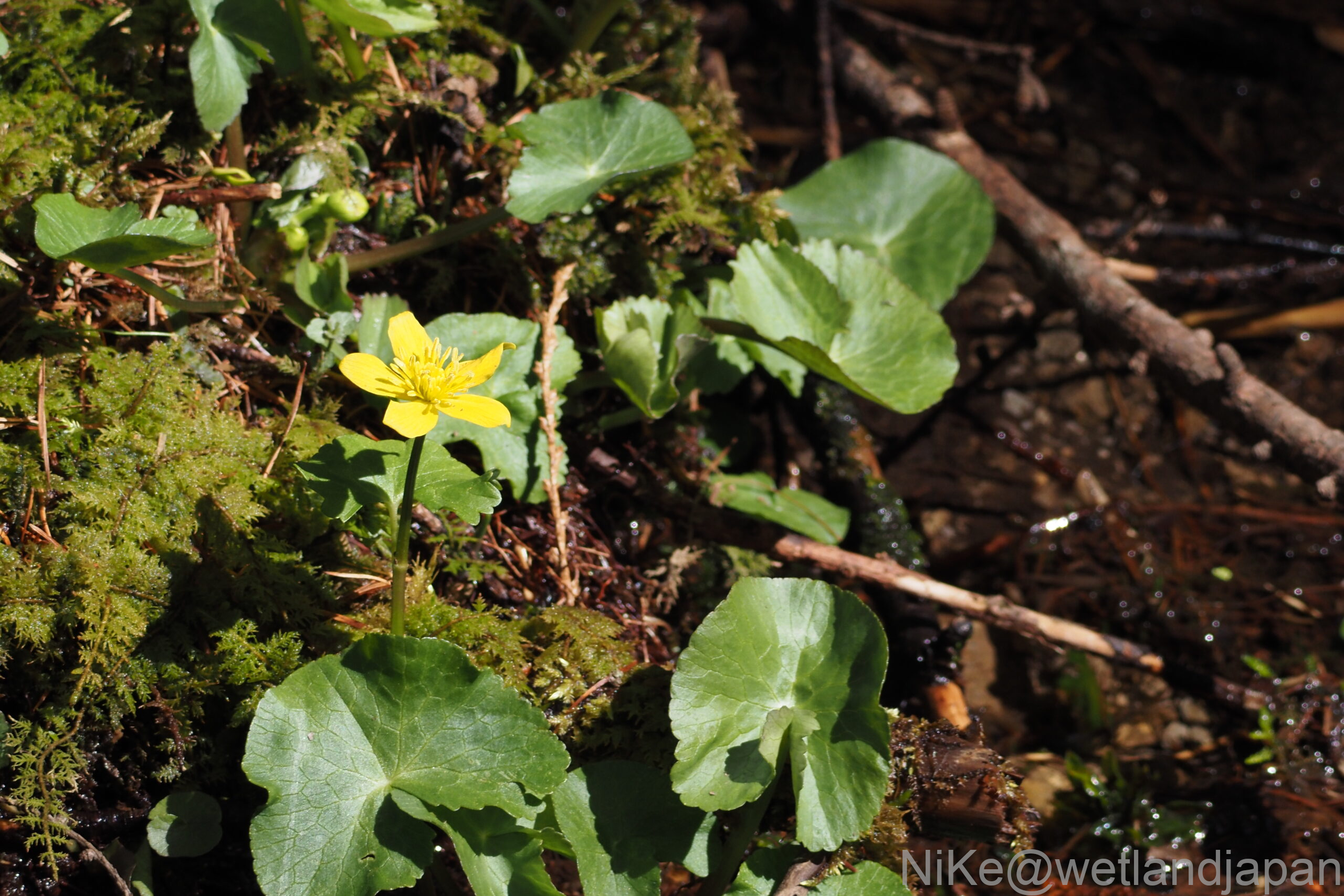
▼I was lucky enough to encounter a kingfisher as well.
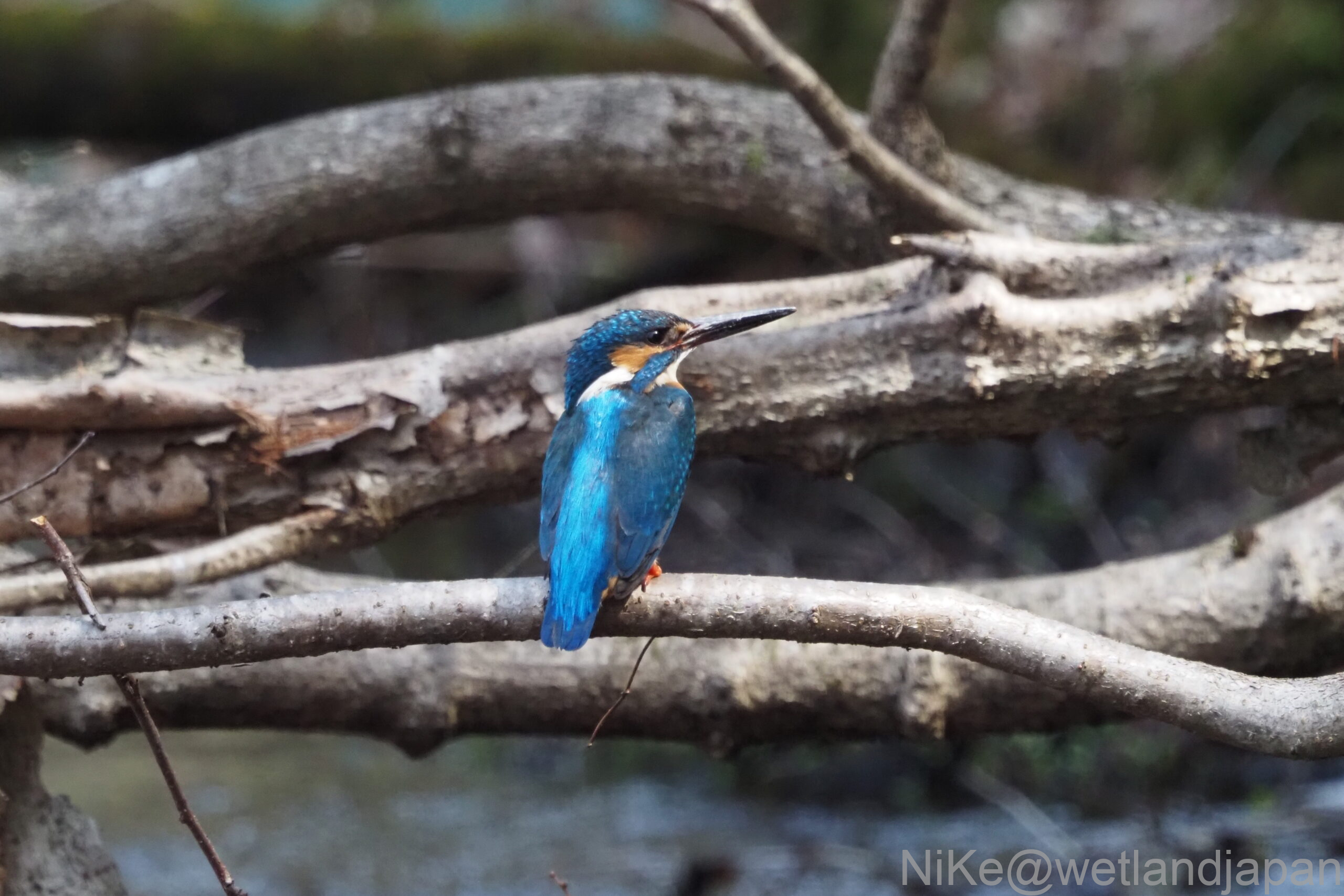
▼Click here to read the exploration diary!
▼If you want to go to Iyari Marsh, click here!
Regarding equipment
There is a possibility that snow will remain, and the ground will be soggy after melting.
We recommend wearing highly waterproof equipment such as hiking boots or rain boots.
Also, it's warm when the sun is out, but cold when it's cloudy.
In mountainous areas, the weather can suddenly change and cause snow, so be sure to take proper measures to protect yourself from the cold.
remarks
The flowering period varies depending on temperature, etc.
If you really want to visit during the flowering season, we recommend that you gather information thoroughly from the website, etc.
summary
Hakuba is a great place to visit in any season, but this is the time when you can feel its overflowing vitality.
The temperature changes drastically and the snow makes it difficult to walk, but the fun and beauty outweigh these.
If you're unsure, just go!
